2022 https://www.cryonics.org/images/uploads/magazines/CI_NEWS-2022-02.pdfdiv.
THE CRYONICS INSTITUTE NEWSLETTER ISSUE 2, 2022 https://www.cryonics.org/images/uploads/magazines/CI_NEWS-2022-02.pdf
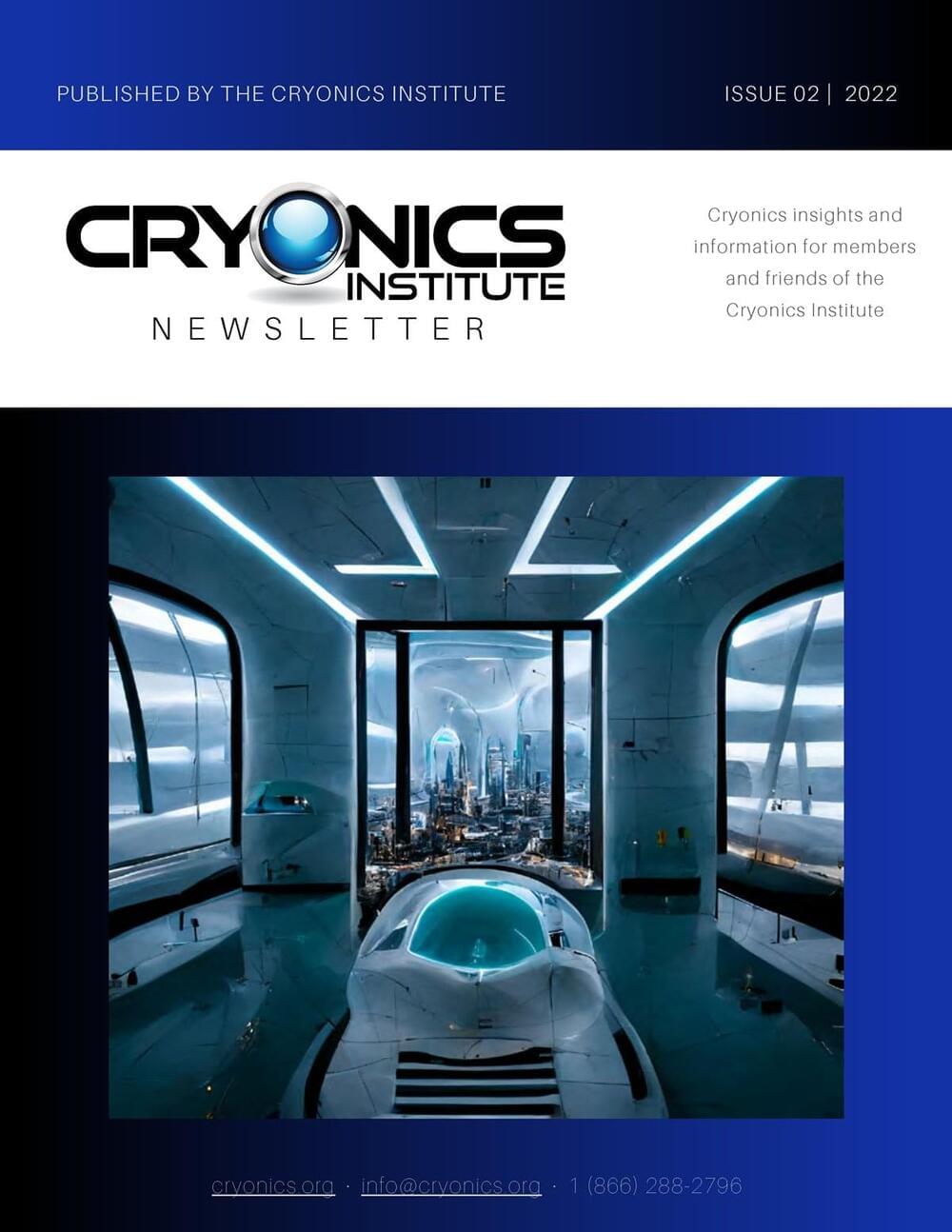
2022 https://www.cryonics.org/images/uploads/magazines/CI_NEWS-2022-02.pdfdiv.
THE CRYONICS INSTITUTE NEWSLETTER ISSUE 2, 2022 https://www.cryonics.org/images/uploads/magazines/CI_NEWS-2022-02.pdf
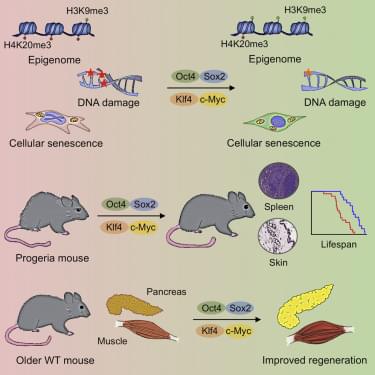
Talking about some of the ideas and philosophy surrounding life extension technologies. Our own psychology and coping mechanisms that view death as a good thing. The same way we used to see some diseases as a part of a gods plan. As soon as we cured these diseases, somehow they were not a part of gods plan anymore. The same will happen with aging and death, and that is just a matter of time. Picking apart some of the ways of thinking that suggest a longer life would be a boring or bad thing. We live for all of the pleasant and amazing experiences that we can have in the world, what else could possibly matter more. The end and absence of meaning (death) does not give life meaning. It is life that gives life meaning.
All around smart guy Dr Goerge Church talking about genetic engineering technologies.
George Church, Ph.D. is a professor of genetics at Harvard Medical School and of health sciences and technology at both Harvard and the Massachusetts Institute of Technology. Dr. Church played an instrumental role in the Human Genome Project and is widely recognized as one of the premier scientists in the fields of gene editing technology and synthetic biology.
EPISODE LINKS:
Show notes and transcript: https://www.foundmyfitness.com/episodes/george-church.
Dr. George Church on Twitter: https://twitter.com/geochurch.
Dr. George Church on Instagram: https://www.instagram.com/george.church.
Church lab: https://arep.med.harvard.edu/
Regenesis Book: https://www.amazon.com/Regenesis-Synthetic-Biology-Reinvent-…atfound-20
PODCAST INFO:
Email: https://www.foundmyfitness.com/newsletter.
Apple Podcasts: https://podcasts.apple.com/us/podcast/foundmyfitness/id818198322
Spotify: https://open.spotify.com/show/5QjpaU0o1Q2MkVZwwG3y7d.
RSS: https://podcast.foundmyfitness.com/rss.xml.
CHAPTERS:
Modulating Autophagy To Promote Healthspan — Dr. Ana Maria Cuervo, M.D., Ph.D., Albert Einstein College of Medicine.
Dr. Ana Maria Cuervo, M.D., Ph.D. (https://www.einsteinmed.edu/faculty/8784/ana-maria-cuervo/) is Co-Director of the Einstein Institute for Aging Research, and a member of the Einstein Liver Research Center and Cancer Center. She serves as a Professor in the Department of Developmental & Molecular Biology, and the Department of Medicine (Hepatology), and has the Robert and Renée Belfer Chair for the Study of Neurodegenerative Diseases.
Dr. Cuervo studied medicine and pursued a Ph.D. in biochemistry and molecular biology at the University of Valencia, as well as post-doctoral work at Tufts, and in 2001 she started her laboratory at Einstein, where she studies the role of protein-degradation in aging and age-related disorders, with emphasis in neurodegeneration and metabolic disorders.
Dr. Cuervo’s group is interested in understanding how altered proteins can be eliminated from cells and their components recycled. Her group has linked alterations in lysosomal protein degradation (autophagy) with different neurodegenerative diseases including Parkinson’s, Alzheimer’s and Huntington’s disease. They have also proven that restoration of normal lysosomal function prevents accumulation of damaged proteins with age, demonstrating this way that removal of these toxic products is possible. Her lab has also pioneered studies demonstrating a tight link between autophagy and cellular metabolism. They described how autophagy coordinates glucose and lipid metabolism and how failure of different autophagic pathways with age contribute to important metabolic disorders such as diabetes or obesity.
Dr. Cuervo is considered a leader in the field of protein degradation in relation to biology of aging and has been invited to present her work in numerous national and international institutions, including name lectures as the Robert R. Konh Memorial Lecture, the NIH Director’s, the Roy Walford, the Feodor Lynen, the Margaret Pittman, the IUBMB Award, the David H. Murdock, the Gerry Aurbach, the SEBBM L’Oreal-UNESCO for Women in Science, the C. Ronald Kahn Distinguished Lecture and the Harvey Society Lecture. She has organized and chaired international conferences on protein degradation and on aging, belongs to the editorial board of scientific journals in this topic, and is currently co-editor-in-chief of Aging Cell.

Aging is a complex and inevitable process that affects all organisms – and it is associated with tissue dysfunction, susceptibility to various diseases, and death [1]. The development of strategies like cellular reprogramming for increasing the duration of healthy life and promoting healthy aging is difficult since the mechanism of aging is not understood clearly. Aging is known to be associated with several hallmarks of aging – such as epigenetic alterations, genomic instability, cellular senescence, telomere shortening, mitochondrial dysfunction and altered intercellular communication.
Aging can be divided into two major phases: healthy aging and pathological aging. Healthy aging is the phase where the accumulation of minor alterations takes place, but pathological aging is the phase where clinical diseases and disabilities predominate along with the impairment of physiological functions [2].
Longevity. Technology: Notions regarding cells undergoing a unidirectional differentiation process during development existed previously [3]. However, in recent years cellular reprogramming using transcription factors has emerged as an important strategy for the rejuvenation of aging cells, erasing markers of cell damage and restoring epigenetic markers. These transcription factors also known as Yamanaka factors include Oct4, Sox2, Klf4, and c-Myc (OSKM). They can convert terminally differentiated somatic cells into pluripotent stem cells which are capable of dividing into any cell type of the body and thus can improve the health and longevity of individuals.

Scientists have long sought to untangle the mystery of how aging links to increased risk of heart disease, a predominant killer of our time. It’s a tough problem: many biological aspects, spanning nature to nurture, can subtly influence heart health. To untangle the mystery, some experiments have lasted over half a century and scaled to hundreds of thousands of people.
The good news? We’ve got clues. With age, heart cells drastically change their function, eventually struggling to contract and release. A new study published in Nature Aging looked deep into genetic code to unravel why this happens.
Starting with a dozen volunteers spanning 0 to 82 years old, the team sequenced the entire genome of 56 heart muscle cells, or cardiomyocytes. The result is the first landscape painting of genetic changes in the aging heart. As we age, the heart gets hit with a double whammy at the DNA level. Cells’ genetic code physically breaks down, while their ability to repair DNA erodes.
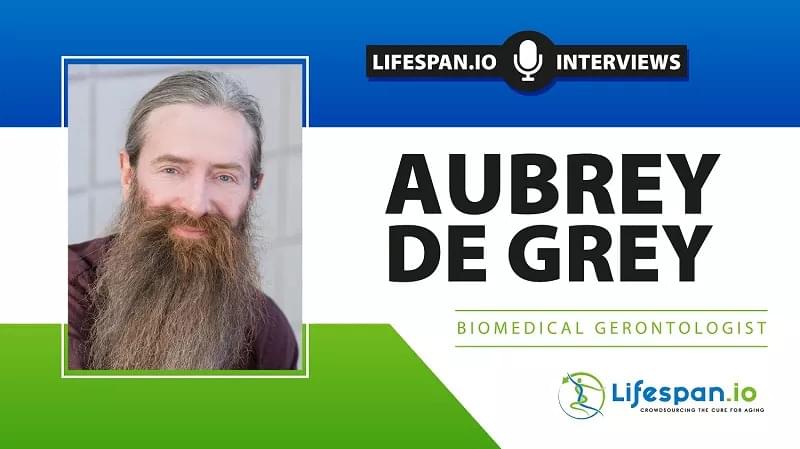
We recently caught up with Dr. Aubrey de Grey and talked to him about the upcoming Dublin Longevity Summit and how things are looking on the advocacy landscape.
The return of face-to-face conferences means a great deal to me, because ever since my first one in 2003, I have found that they are the absolute most effective way to (a) bring capable newcomers into the field and (b) connect established people in synergistic ways.
The COVID-driven demise of the Berlin Undoing Aging series, which had been a revival of the Cambridge series, was a tragedy that I am delighted to be consigning to history.
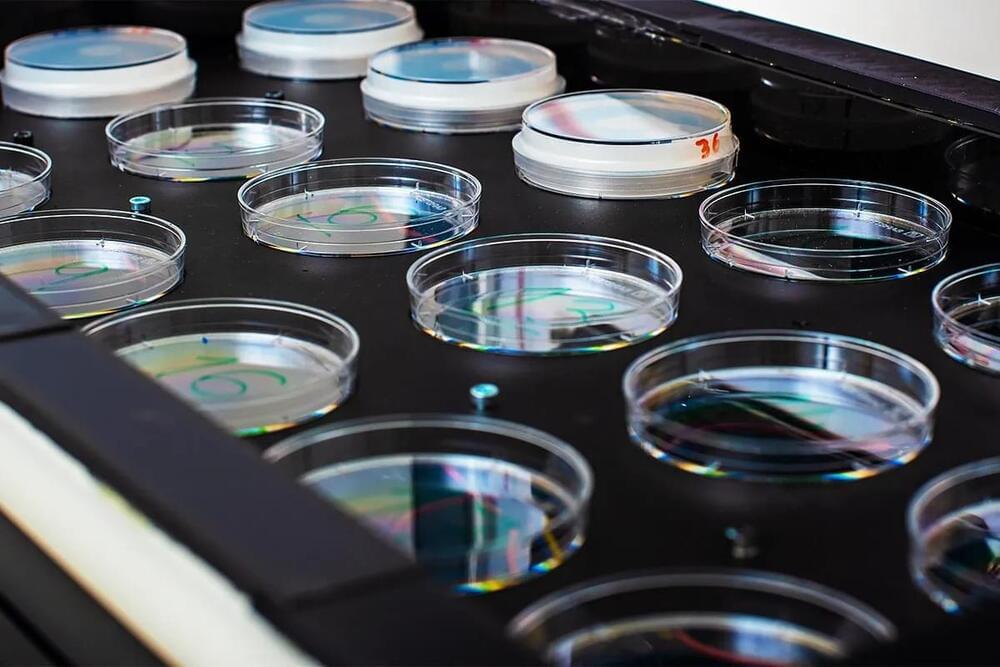
The early-stage development of many age-targeting compounds often involves studies of their effects on the lifespan of the transparent nematode (worm) model Caenorhabditis elegans. A highly manual process, this exercise is time-consuming and only produces data on one endpoint – lifespan.
Durham University associate professors David Weinkove and Chris Saunter invented a technology that automates measurements of movement in many large populations of worms simultaneously. Crucially, this technology goes beyond measuring lifespan, also capturing information about how worms’ health declines as they age – their healthspan.
Longevity. Technology: Together, Weinkove and Saunter have co-founded a spinout company called Magnitude Biosciences, leveraging their innovative platform to test drugs and other interventions for their capacity to prolong healthspan. We caught up with Weinkove to learn more about the background to the company and where it goes from here.
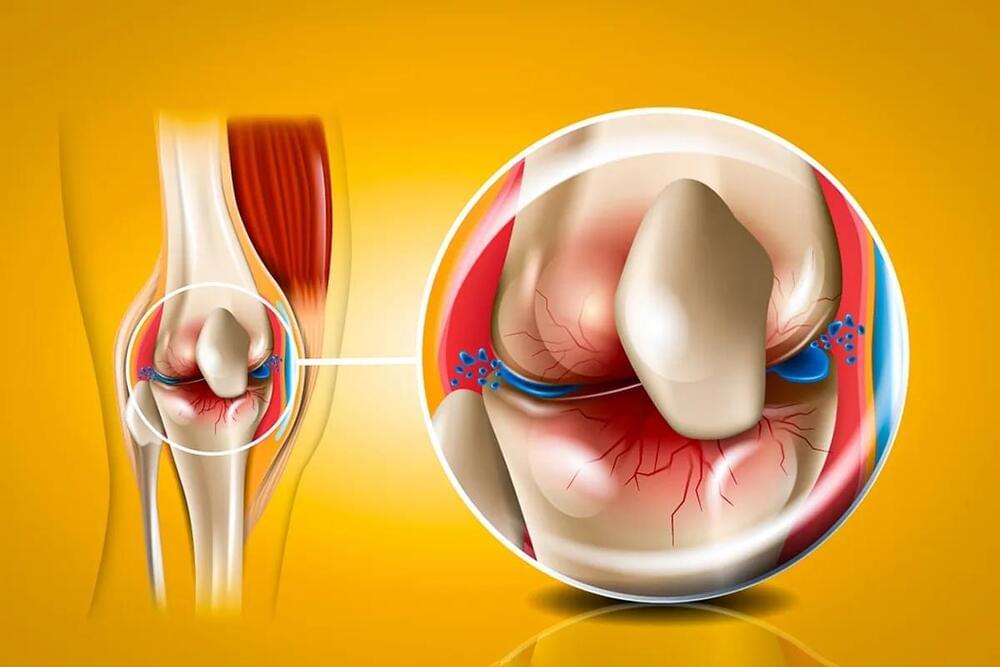
Remedium Bio has announced that it has closed more than $2.3m in its expanded seed round financing. Funding from the raise is being used to study Remedium’s lead product, a single-injection gene therapy potentially capable of reversing cartilage loss; this research is being conducted in collaboration with scientists from Tufts University School of Medicine who are engaged in researching rheumatic disorders.
The financing was led by Sherwood Ventures and included participation from, LongevityTech. Fund, Primo Medical Group, Angel Star Ventures, Apis Health Angels, MicroVentures, and Guindy Alumni Angels.
Longevity. Technology: Remedium’s pipeline includes therapeutic indications in osteoarthritis, diabetes, stroke and other large unmet clinical needs.